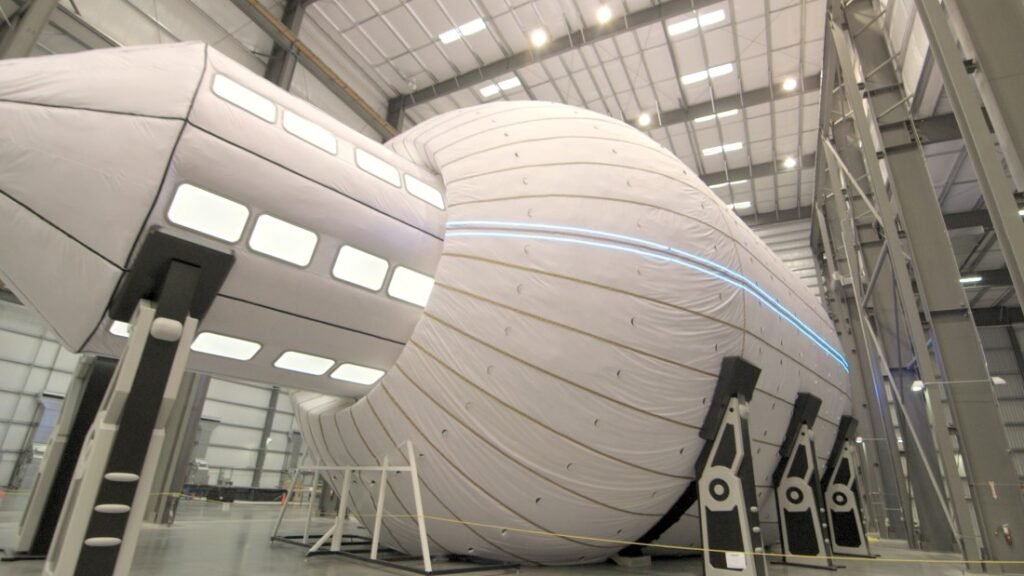Space transport has come here with a surge of new Tech. These exceedingly creative new mechanisms are altering our methodology towards the Universe, thereby opening up the possibility of faster, more efficient, and more accessible trips to it. Explore five key advancements that could redefine space exploration:
1.Nuclear Thermal Propulsion (NTP) with Advanced Tech

Imagine rockets that are significantly faster and more efficient, thanks to advanced Tech. NASA and Blue Origin are pioneering this technology with nuclear thermal propulsion (NTP). NTP utilizes a nuclear reactor to heat propellant, such as hydrogen, to extreme temperatures. This process generates powerful thrust, potentially shortening trips to Mars and other destinations. NTP represents a major investment in the future of space travel, promising to open new possibilities for exploration and significantly advancing propulsion technology.
2.Reusable Rocket Systems

Consider the possibility of rockets being as reusable as airplanes. This innovative technology drastically reduces the cost of space missions, making space more accessible. SpaceX has demonstrated the potential of reusable rockets with their Falcon 9 model, which can be launched, landed, and reused multiple times. This approach not only reduces space debris but also promotes sustainable practices in space travel. Increased launch frequency, resulting from reusability, accelerates space exploration and transforms space travel into a more routine and sustainable activity.
3.Space Elevators: A Tech-Driven Future

Picture a colossal structure extending from Earth’s surface to geostationary orbit. This is the concept of a space elevator, a revolutionary idea that could allow space travel without traditional rockets. Utilizing advanced materials like carbon nanotubes, this structure could support immense heights and weights.
Imagine stepping onto an elevator and being transported to orbit! This technology could dramatically reduce the cost and complexity of space travel, opening up new possibilities for scientific research, commercial ventures, and space tourism.
4.In-Situ Resource Utilization (ISRU) with Innovative Tech

In-situ resource utilization (ISRU) involves using materials found in space to support long-term missions. This innovative approach, championed by NASA’s Artemis program and ongoing Mars exploration efforts, focuses on extracting and processing lunar or Martian soil to create essential resources like fuel, water, or building materials. ISRU enhances the sustainability of space missions, reduces reliance on Earth-based resources, and enables a more permanent and self-sufficient presence in space, making extended missions more feasible and logistically simpler.
5.Advanced Space Habitats

Envision living comfortably in space with habitats that are not only functional but also expandable and adaptable. These advanced space habitats, including designs featuring artificial gravity, are being developed to support long-duration missions. NASA’s Lunar Gateway and other projects are integrating innovative Tech to provide astronauts with a home away from home. These habitats will offer essential life support systems, comfortable living quarters, and facilities for scientific research, making extended space missions more feasible and comfortable.
Conclusion: The Future of Space Exploration
These revolutionary technologies are set to redefine our approach to space exploration, bringing us closer to a future where space is not just a distant frontier but a thriving and accessible environment. The advancements in space Tech are paving the way for exciting new possibilities and a sustainable presence beyond Earth.

Leave a Reply